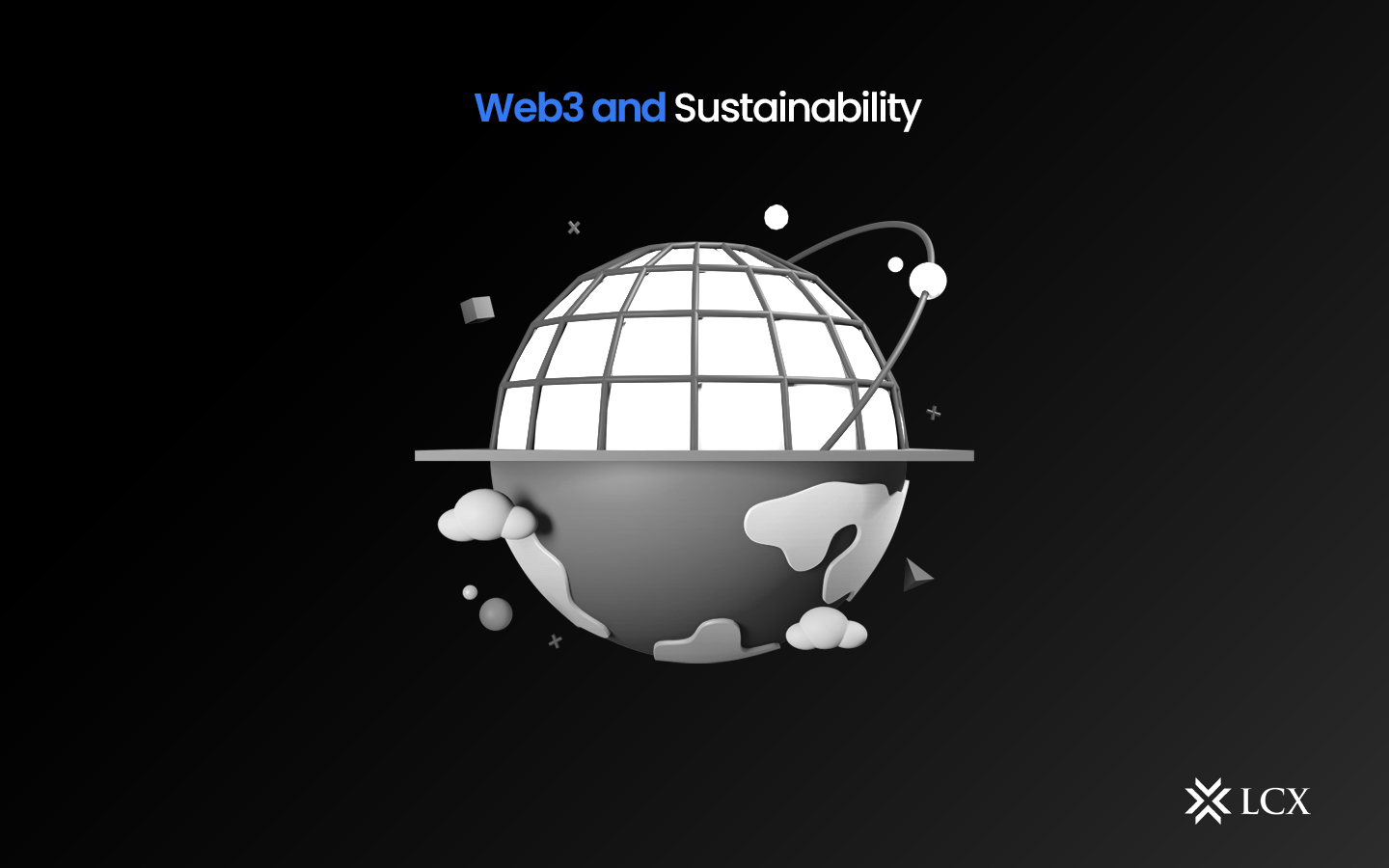The emergence of Web3, also known as the decentralized web or the blockchain-based web, has brought about a paradigm shift in the digital landscape. Web3 technologies, such as blockchain and smart contracts, offer new possibilities for decentralization, security, and transparency. However, as users develop and embrace Web3, it is crucial to prioritize sustainability to ensure the technology’s positive and long-lasting impact on our environment and society.
Understanding Web3
Web3 is an evolution of the traditional web, aiming to decentralize control over digital assets, data, and applications. At the core of Web3 lie blockchain technology, smart contracts, and decentralized applications. Blockchain technology is a distributed and immutable ledger that records transactions transparently and securely. Smart contracts, which are self-executing contracts with predefined conditions, automate and enforce agreements on the blockchain. These technologies offer unprecedented opportunities for financial inclusion, secure data management, and decentralized governance. Web3 envisions a future where individuals have full control over their online identities, data, and digital assets. Web3 also introduces concepts such as decentralized finance (DeFi), non-fungible tokens (NFTs), and decentralized autonomous organizations (DAOs), revolutionizing various sectors, including finance, art, and governance.
Features of Web3
- Financial Inclusion: Web3 has the potential to provide financial services to the unbanked and underbanked populations worldwide. Through decentralized finance (DeFi) applications, individuals can access services such as loans, savings, and investments without relying on traditional intermediaries.
- Data Ownership and Privacy: Web3 enables users to regain control over their personal data. With decentralized identity solutions, individuals can securely manage their digital identities and choose who can access their information. This shift empowers users, reducing reliance on centralized platforms notorious for data breaches and misuse.
- Transparency and Trust: Blockchain’s immutability and transparency foster trust in various sectors. This transparency helps combat counterfeiting and supports ethical sourcing.
The Environmental Impact of Web3
While Web3 offers transformative potential, it is essential to address the environmental impact of its underlying infrastructure. One of the key challenges stems from the energy consumption associated with blockchain networks, particularly those that rely on proof-of-work (PoW) consensus mechanisms like Bitcoin. PoW requires substantial computational power, leading to high energy consumption and carbon emissions. As Web3 expands, it is crucial to adopt sustainable alternatives, such as proof-of-stake (PoS) or energy-efficient consensus mechanisms.
The Importance of Sustainable Development in Web3
Energy Efficiency: One of the primary concerns surrounding blockchain technology is its energy consumption. Proof-of-Work (PoW) consensus algorithms, employed by popular blockchains like Bitcoin and Ethereum, require substantial computational power. As Web3 evolves, there is a need to develop and adopt more energy-efficient consensus mechanisms, such as Proof-of-Stake (PoS) or improved PoW algorithms, to minimize environmental impact.
Scalability and Throughput: As Web3 expands, scalability becomes a critical factor. The current limitations of blockchain networks, like Ethereum, regarding transaction throughput and latency, could be improved for widespread adoption. Sustainable development in Web3 should focus on optimizing network efficiency and exploring layer-two solutions, sidechains, or sharding techniques to achieve higher scalability.
Ecosystem Collaboration: Sustainable Web3 development requires collaborative efforts from various stakeholders. Developers, researchers, governments, and communities must come together to establish standards, share best practices, and encourage responsible innovation. Open dialogue and cooperation can ensure that sustainable principles are integrated into the fabric of Web3.
Environmental Impact Assessment: Blockchain projects need to conduct thorough environmental impact assessments to evaluate their carbon footprint. By quantifying and disclosing the energy consumption and emissions associated with their operations, projects can take steps to offset or reduce their environmental impact. Additionally, exploring renewable energy sources for blockchain mining operations can further contribute to sustainability.
Social and Economic Inclusion: Sustainable Web3 development should prioritize accessibility and inclusivity. Projects should aim to bridge the digital divide, ensuring that marginalized communities, including those with limited internet access or technical expertise, can participate and benefit from Web3 advancements. Education initiatives, user-friendly interfaces, and localized solutions are vital for broadening participation.
Conclusion
Web3 has the potential to revolutionize various sectors, providing unprecedented opportunities for innovation, trust, and inclusivity. However, we must develop Web3 with environmental and social responsibility in mind to harness its full potential and ensure a sustainable future. By addressing energy consumption, scalability, ecosystem collaboration, and inclusivity, we can create a Web3 ecosystem that is both technologically advanced and environmentally conscious. Let us work together to shape a future where blockchain technology empowers individuals, organizations, and communities while preserving our planet for generations to come.










